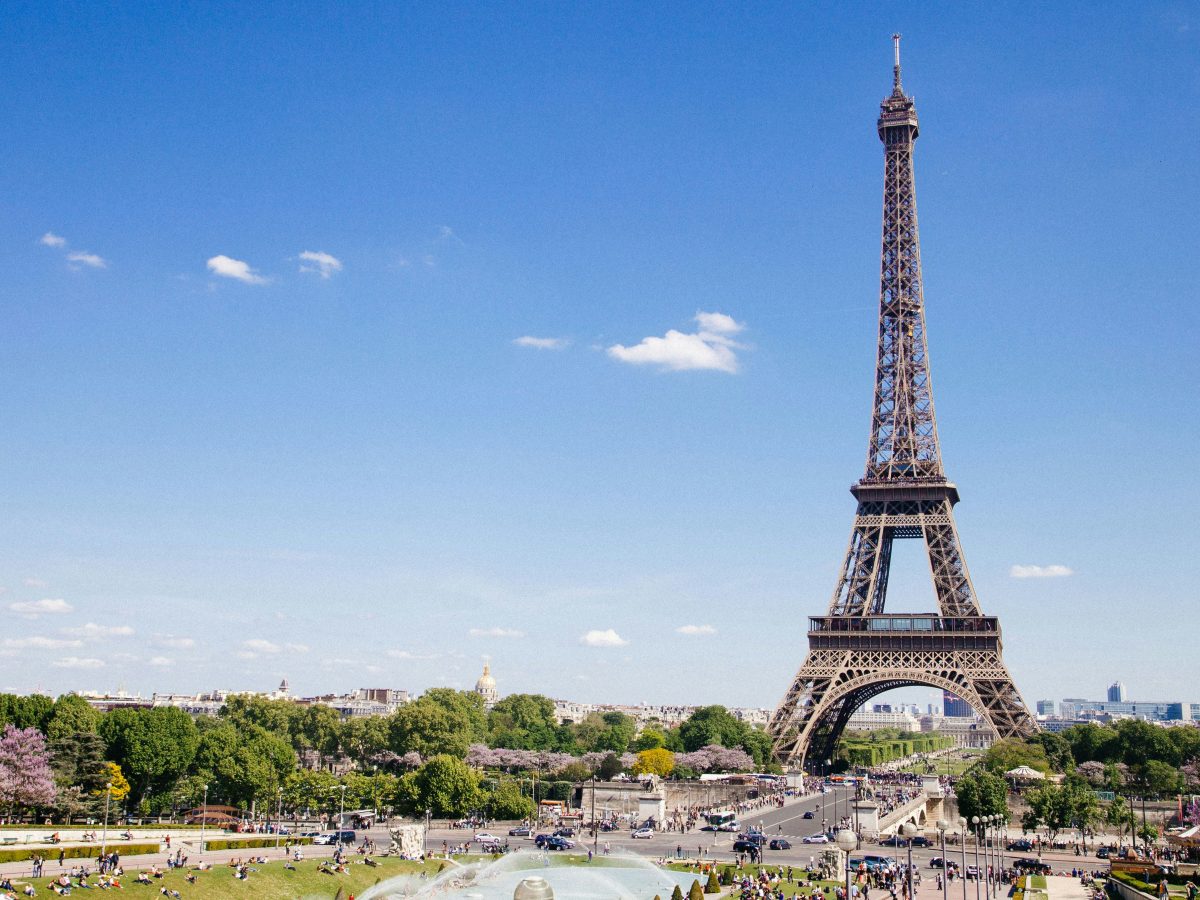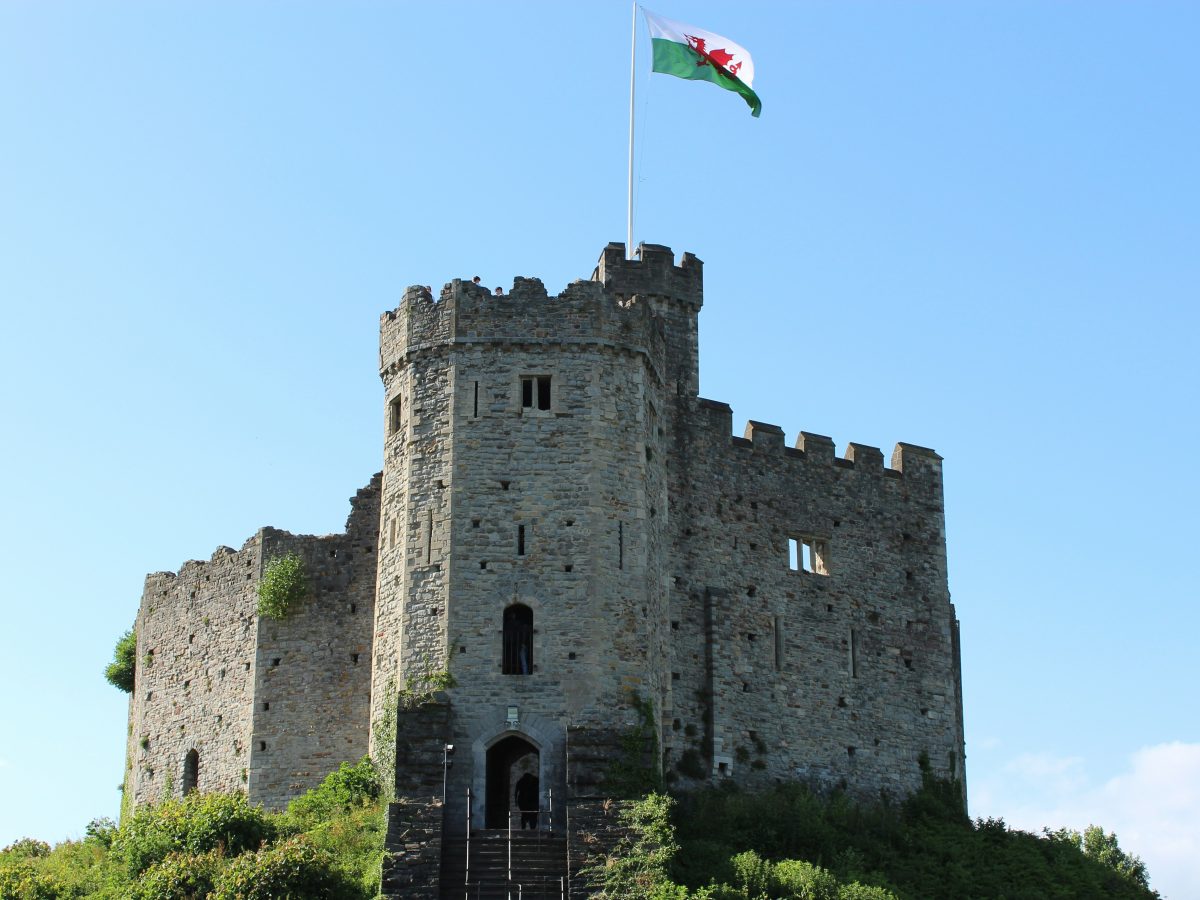𝘈𝘱𝘱𝘳𝘰𝘹 𝘳𝘦𝘢𝘥 𝘵𝘪𝘮𝘦: 3 𝘮𝘪𝘯𝘴🕒
In short, marketing translation is the process of adapting promotional content for different languages and cultures.
When most people hear “translation,” they think of converting text from one language into another. But in marketing, it’s not quite that simple.
Marketing translation is a specialised process that goes beyond basic conversion. It’s about retaining your message’s impact, tone and emotional pull, whether it’s a headline, a product description or a full campaign rollout.
In other words, it's translation with your brand’s success and tone of voice in mind.
Let's explore this topic in more detail.
Why general translation isn't enough for marketing
Literal or machine translations often strip out the nuance that makes your copy perform.
Here are a few examples where general translation can fall short:
-
Slogans with double meanings
-
Idioms or cultural references that don’t translate
-
Emotive language that needs adaptation, not conversion
Content that contains wordplay or humour
Where marketing-specific translation comes into play
Use cases for marketing translation include:
- Website copy
- Landing pages
- Email campaigns
- Newsletters
- Product descriptions
- Social media
- Ad creative
- PPC campaigns
- Brand guidelines
- Blogs and content
In a nutshell, if it helps you engage, convert or retain international customers, it benefits from marketing translation and localisation.
Marketing translation: In more detail
Marketing translation, in particular, requires a deep understanding of cultural nuances, linguistic subtleties and local preferences.
An example of a local preferences factoring into marketing translation is McDonald's iconic slogan, "I'm lovin' it."
In English, it conveys a casual, upbeat feeling of enjoyment. However, in localising this slogan for Chinese markets, McDonald's adapted it to better fit the emotional weight of the word "love."
Marketing translation is complex because it must evoke the same emotions and humour as the original copy. Literal translation often fails to capture these elements.
To connect with global audiences, you need more than accuracy. You need cultural insight, tone adaptation and creative nuance. That’s where true marketing translation comes into its own.
Translation, localisation or transcreation
These terms often get used interchangeably, but they’re not the same.
-
Translation is word-for-word (useful for some content, but can be risky for marketing if too direct).
-
Localisation adapts content to suit a culture or region.
-
Transcreation is rewriting a message from scratch in another language
Marketing translation is often a blend of all three, and we’ll guide you to the right approach depending on the content.
Marketing translation is an essential part of any international campaign. It’s not a checkbox. It’s how you protect your brand, connect with new audiences and turn global reach into local results.
Whether you’re launching in a new market or refreshing your multilingual assets, we’re here to help you get it right.
Get in touch today for a free consultation, quote or test piece.
𝘒𝘦𝘪𝘳𝘢𝘯 𝘩𝘢𝘴 𝘣𝘦𝘦𝘯 𝘸𝘳𝘪𝘵𝘪𝘯𝘨 𝘢𝘣𝘰𝘶𝘵 𝘭𝘢𝘯𝘨𝘶𝘢𝘨𝘦 𝘴𝘰𝘭𝘶𝘵𝘪𝘰𝘯𝘴 𝘴𝘪𝘯𝘤𝘦 2021 𝘢𝘯𝘥 𝘪𝘴 𝘤𝘰𝘮𝘮𝘪𝘵𝘵𝘦𝘥 𝘵𝘰 𝘩𝘦𝘭𝘱𝘪𝘯𝘨 𝘣𝘳𝘢𝘯𝘥𝘴 𝘨𝘰 𝘨𝘭𝘰𝘣𝘢𝘭 𝘢𝘯𝘥 𝘮𝘢𝘳𝘬𝘦𝘵 𝘴𝘮𝘢𝘳𝘵. 𝘏𝘦 𝘪𝘴 𝘯𝘰𝘸 𝘵𝘩𝘦 𝘏𝘦𝘢𝘥 𝘰𝘧 𝘔𝘢𝘳𝘬𝘦𝘵𝘪𝘯𝘨 𝘢𝘯𝘥 𝘰𝘷𝘦𝘳𝘴𝘦𝘦𝘴 𝘢𝘭𝘭 𝘰𝘧 𝘰𝘶𝘳 𝘤𝘰𝘯𝘵𝘦𝘯𝘵 𝘵𝘰 𝘦𝘯𝘴𝘶𝘳𝘦 𝘸𝘦 𝘱𝘳𝘰𝘷𝘪𝘥𝘦 𝘷𝘢𝘭𝘶𝘢𝘣𝘭𝘦, 𝘶𝘴𝘦𝘧𝘶𝘭 𝘤𝘰𝘯𝘵𝘦𝘯𝘵 𝘵𝘰 𝘢𝘶𝘥𝘪𝘦𝘯𝘤𝘦𝘴.







